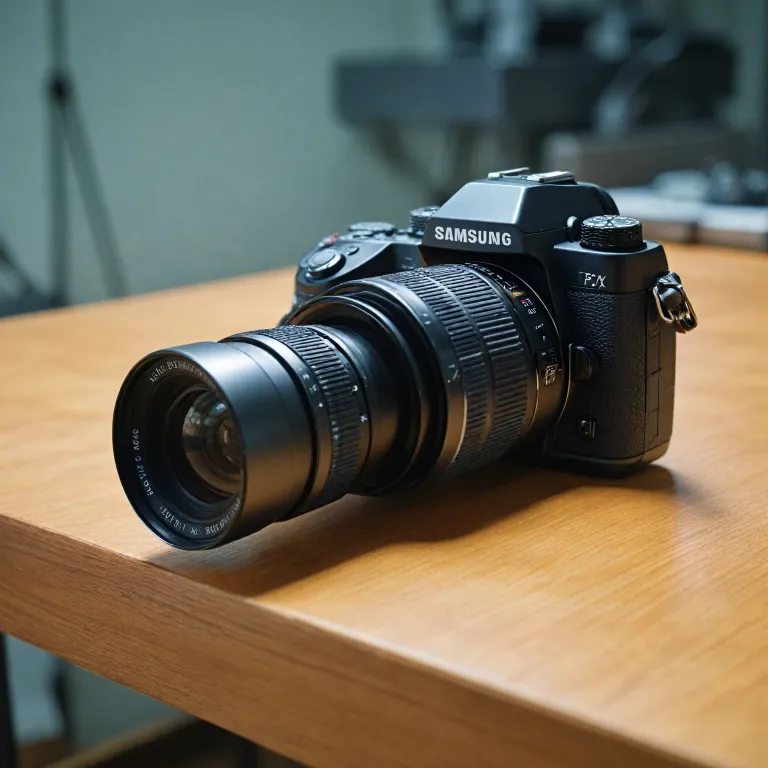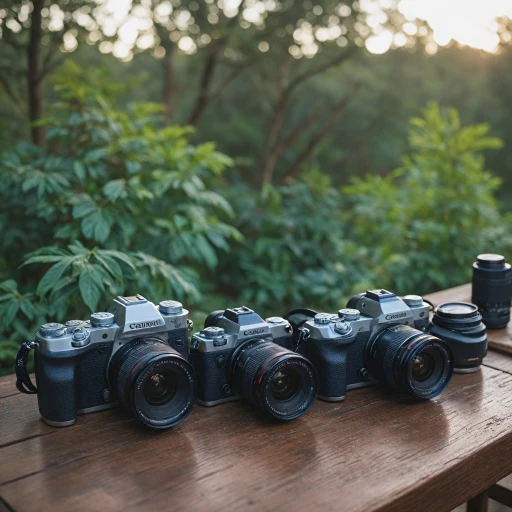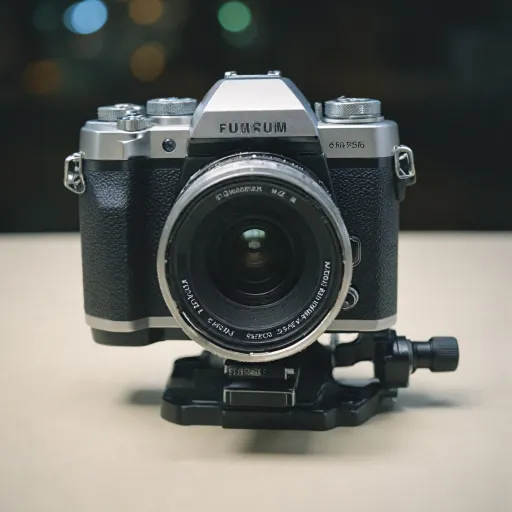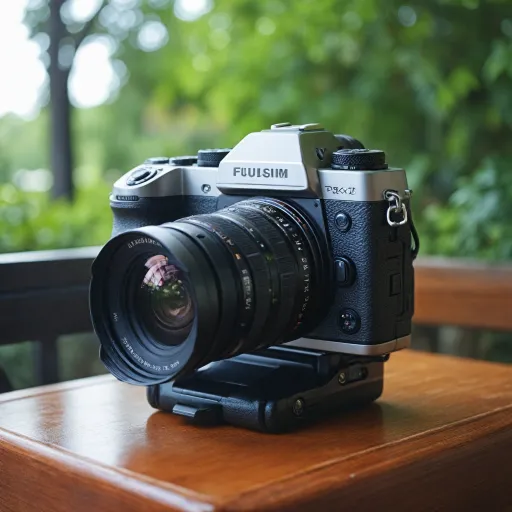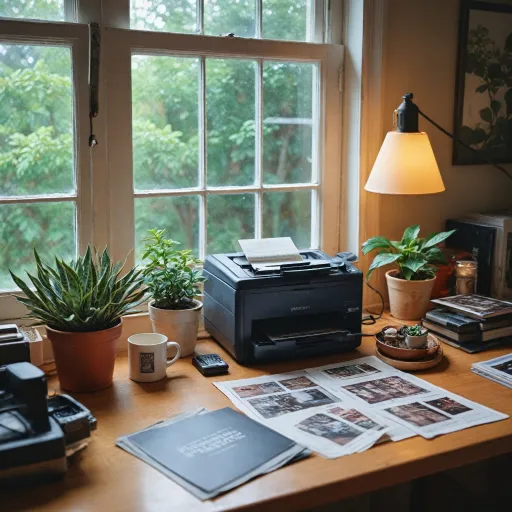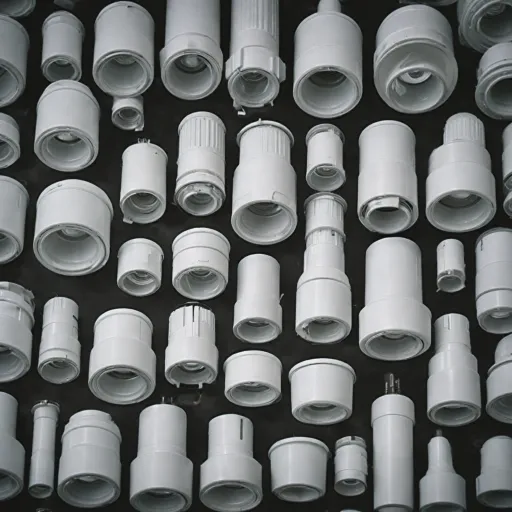
The Basics of the 1/4-20 Screw
Understanding the Basics
The 1/4-20 screw, a ubiquitous component in the realm of photography, is fundamental for various applications, especially in camera mounting and equipment assembly. This screw is defined by its size and thread—a 1/4 inch diameter with a 20 threads per inch pattern, corresponding to a standard coarse thread size in the US. Its simplistic yet crucial design contributes significantly to holding your digital camera safely and securely in place.
These screws are typically seen in different types of heads, among which the pan head and the socket head are notable. The pan head machine screws are common because of their rounded top and flat underside, giving adequate surface contact with the mounted object. Socket head screws, offering high torque capabilities, are preferred in settings requiring substantial strength. In terms of material, stainless steel screws are often chosen for their durability and resistance to corrosion, making them ideal for long-term use in varied environments.
Whether you're an amateur enthusiast or a seasoned photographer, understanding the importance of these components can enhance your experience. From DIY projects to professional gear setups, their reliability is undeniably significant. Especially noteworthy is their role in ensuring secure attachments, which is crucial for achieving stable and precise shots.
For those new to this field or curious about the detailed applications of such components, exploring resources like this guide on tripod STL files could provide additional insights into how nuanced these elements can be.
Importance in Camera Mounting
Essential Role of the 1/4-20 Screw in Secure Mounting
In the world of digital photography, the stability of your camera setup is key for capturing quality images. The 1/4-20 screw stands out as an integral component in achieving this stability, commonly appearing in the mounting mechanisms of camera supports such as tripods and stabilizers. Known for its compatibility across a vast range of photographic equipment, this screw is the go-to choice for many camera assemblies.
The term '1/4-20' refers to the thread size and count—1/4 inch in diameter with 20 threads per inch. Its design ensures a robust and reliable connection, crucial for maintaining the camera's position during shoots. The strength of these screws, often made from grade stainless steel, guarantees that even under high-torque applications, they provide a firm hold. Whether it’s included in a pan head tripod or a hex socket mounting plate, these screws play an essential role.
Photographers frequently rely on these screws in diverse settings, from DIY projects to professional equipment assembly. For those involved in equipment assembly or head machine setups, ensuring you have the right package quantity and thread length suited to your specific setup is vital. Whether opting for zinc-plated or stainless steel, understanding the importance of these screws in camera mounts can greatly influence your shooting experience. To explore more about these applications and ensure secure camera mounts, check out our detailed article on the importance of screw in camera mounts.
Compatibility with Camera Accessories
Enhancing Compatibility with Camera Accessories
The 1/4-20 screw is a versatile component that plays a crucial role in the compatibility of digital cameras with various accessories. This standard thread size is widely used across the photography industry, making it a reliable choice for connecting different equipment. Whether you're attaching a tripod, a flash bracket, or other accessories, the 1/4-20 screw ensures a secure fit.
When considering the compatibility of your camera with accessories, it's important to understand the different types of screws available. Options include stainless steel, zinc plated, and high torque screws, each offering unique benefits. Stainless steel screws, for instance, provide excellent corrosion resistance, making them ideal for outdoor applications. On the other hand, zinc plated screws offer a cost-effective solution for indoor use.
In terms of head types, you might encounter pan head, socket head, or hex socket screws. Pan head screws are commonly used due to their broad surface area, which distributes pressure evenly. Socket head screws, known for their high torque capabilities, are perfect for heavy-duty applications. Hex socket screws, meanwhile, offer a sleek design and are often used in equipment assembly.
Choosing the right screw involves considering the thread size and length, as well as the package quantity you might need for your diy projects. It's also essential to ensure that the screw's strength matches the demands of your specific application. For instance, a machine screw with a phillips pan head might be suitable for lightweight accessories, while a more robust option might be necessary for heavier equipment.
Ultimately, understanding the compatibility of the 1/4-20 screw with your camera accessories can enhance your photography experience, ensuring that all components work seamlessly together. By selecting the appropriate screw type and material, you can achieve a reliable and durable connection, allowing you to focus on capturing the perfect shot.
Choosing the Right 1/4-20 Screw for Your Needs
Navigating the Options: Selecting the Right Screw for Your Gear
When it comes to selecting the correct 1/4-20 screw for your digital camera needs, there are a few vital factors to consider that can significantly impact the functionality and stability of your setup. This choice is not merely about the thread size; factors such as material, head type, and specific applications are crucial elements to deliberate. Material Matters- Stainless Steel: Opt for screws made from grade stainless steel if durability and resistance against corrosion are priorities, especially in high-torque situations.
- Zinc Plated: For indoor applications or when budget constraints exist, zinc-plated screws are a viable option. However, their corrosion resistance is inferior to stainless steel.
- Pan Head: Ideal for a sleek, low-profile application. Pan head screws provide a neat appearance, offering average strength and are suitable for general purposes.
- Phillips Pan Head: These provide convenience in terms of the drive due to the cross recessed design, ensuring better grip and reducing cam-out.
- Socket Head: For applications needing a tight fit and requiring exact torque application, socket head screws offer superior strength.
- Thread Length and Size: Matching the correct thread length to your equipment is fundamental to avoiding imbalance and ensuring a firm grip. The standard 1/4-20 thread size is universal, yet measuring your required length precisely is essential.
- Drive Type: Whether you opt for hex socket heads or Phillips head screws depends on the tools at your disposal and ease of use in assembly processes.
Maintenance and Care Tips
Keeping Your Screws in Top Condition
Regular maintenance of your 1/4-20 screws is crucial to ensure the longevity and stability of your digital camera setup. Here are some helpful tips to keep them in optimal condition:- Frequent Inspection: Regularly check for any signs of wear or damage. This includes the screw threads, head, and any possible corrosion, especially if they are stainless steel screws, which are often resistant but not immune.
- Proper Cleaning: Use a soft cloth to remove any dust or debris. For more stubborn dirt, a mild cleaning solution can be used. Water and air exposure can lead to rust in non-stainless screws, so always ensure they are thoroughly dried.
- Lubrication: Apply a light machine oil sparingly to the thread to ensure smooth operation and prevent rust. This is particularly important for screws used in outdoor or high-moisture environments.
- Tightening and Adjustment: Check the tightness of the screw regularly, being cautious to not overtighten, as this can strip the threads. For screws within the camera assembly or accessories, using the correct tool such as a hex socket or phillips driver can prevent damage.
- Storage: Keep any spare screws in a dry, cool place to prevent corrosion. A pack of spare stainless steel or zinc plated screws can be a lifesaver during travel or DIY projects.
Troubleshooting Common Issues
Troubleshooting Tips for Your 1/4-20 Screw Issues
Dealing with common issues related to 1/4-20 screws in your digital camera setup can save you time and frustration. Whether it's compatibility concerns, loose fittings, or maintenance woes, having a little know-how can go a long way.- Loose Fittings: Over time, the threads of your 1/4-20 machine screws might become loose due to regular use. It's essential to periodically check the tension and retighten using the right tools, like a hex socket or a standard Phillips pan screwdriver, to ensure stability.
- Compatibility Concerns: Some digital camera equipment assembly applications require specific types of screws, like stainless steel or zinc plated variants. Ensure the screws you employ are compatible with both your camera and the attached equipment.
- Thread Damage: Damaged threads can compromise the strength and security of the screw, potentially jeopardizing your equipment. Regular inspections and replacing worn-out screws with a new pack of high-quality ones, such as stainless steel, can prevent issues.
- Corrosion Issues: Corrosion can be a problem, especially in harsh environments. Opting for grade stainless steel screws can help mitigate this risk due to their resistance to rust.
- Customer Service Assistance: If persistent issues arise that cannot be resolved by standard means, contact the product manufacturer or customer service. They often provide guidance or replacement parts, ensuring your DIY projects and equipment assembly remain hassle-free.
- Thread Length and Size Mismatches: Utilizing screws with incorrect thread size or length can lead to improper fittings. Ensure you have the correct toolset and measure accurately to avoid any misalignments.
